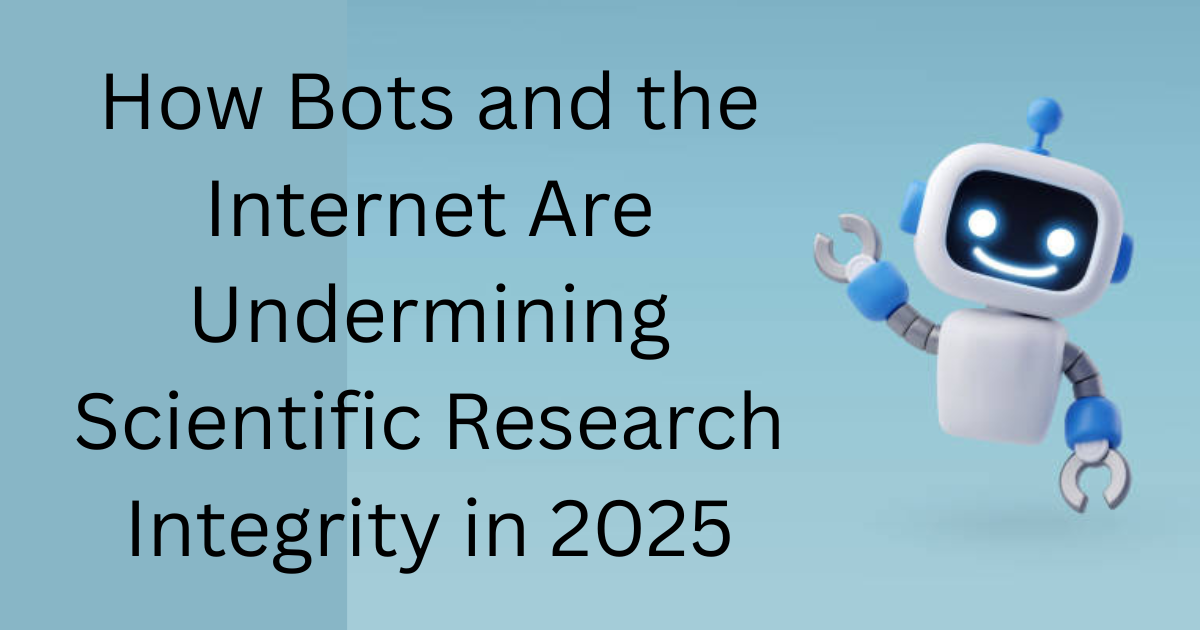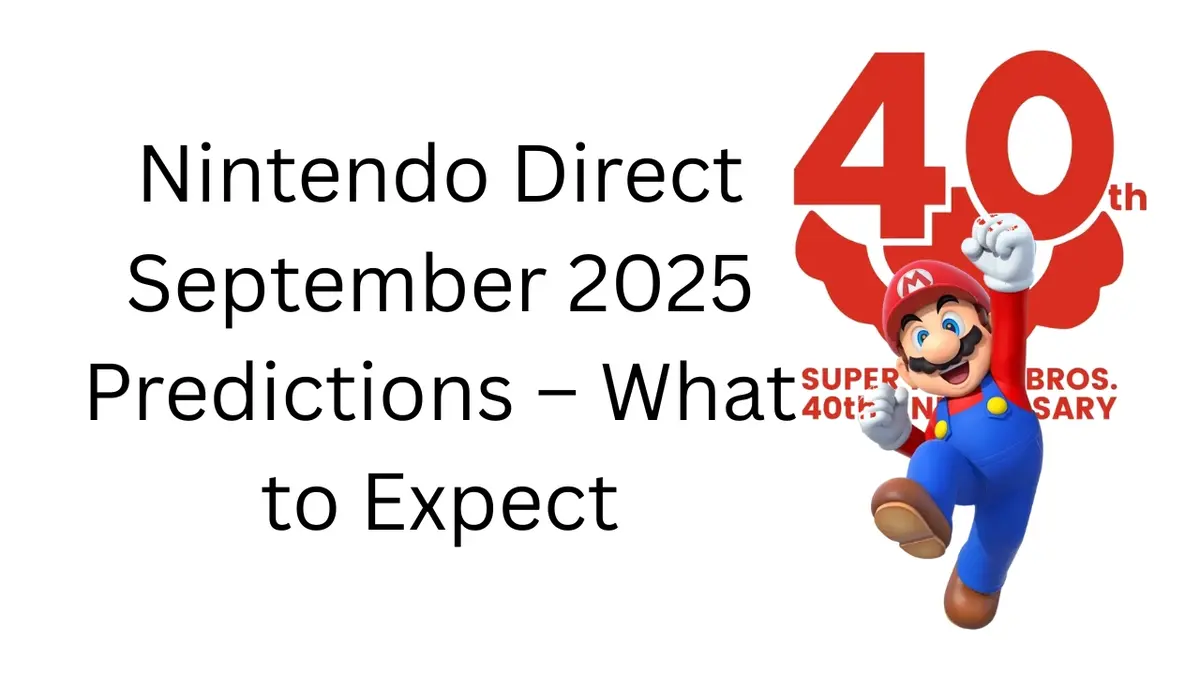Scientific research has long stood on the pillars of credibility, transparency, and integrity. But in today’s digital landscape, these pillars are under threat—not from rogue scientists or flawed methodologies, but from the very infrastructure that was supposed to accelerate discovery: the internet.

In particular, bots—automated scripts designed to mimic human behavior—are becoming a major problem for researchers across the globe.
From hijacking online surveys to skewing citation metrics, bots are quietly sabotaging scientific efforts in ways that can distort conclusions, damage public trust, and even put entire research fields at risk.
Keynote Summary:
- Bots are corrupting online surveys by submitting fake responses.
- Social media bots are inflating altmetric scores.
- Data scrapers are overloading academic websites.
- Scientific misinformation is spreading faster due to automation.
- Fabricated references are being introduced into academic discourse.
The Rise of Bots in Scientific Research
As more research moves online, bots have found easy entry points into academic processes. This isn’t just an IT issue; it’s a credibility crisis. Bots can flood online surveys, download papers en masse, and generate fake citations—all without a human fingerprint.
For instance, bots targeting incentive-based surveys can complete entire questionnaires in seconds. The responses may look plausible at first glance, but the data they generate is corrupted. If left undetected, it leads to flawed findings and wasted resources.
Fake Survey Responses: A Silent Sabotage
Many behavioral and social science studies rely on surveys conducted online. However, offering financial or gift-card incentives opens the door to bots programmed to exploit these benefits. Some bots are so sophisticated they can mimic human logic and fill in forms convincingly.
To combat this, researchers now rely on tactics such as:
- CAPTCHAs to detect automated entries
- Response time checks to flag overly rapid submissions
- IP filtering and browser fingerprinting
Yet, even with precautions, many bots still slip through, especially on large platforms like Amazon Mechanical Turk.
Read Also: Intel Spins Off Its Network & Edge Business: A Turning Point in Corporate Strategy
Distorting Altmetric Influence
Altmetrics are tools used to measure how often a research paper is mentioned across digital platforms like Twitter, Facebook, and blogs. But here’s the catch—studies show that between 5% and 70% of these mentions can be traced to bot activity.
This inflates the perceived importance of certain papers and misleads readers, funding agencies, and academic institutions. A paper that receives hundreds of retweets may look influential, but if those retweets come from automated accounts, the metric becomes meaningless.
This false amplification not only distorts academic rankings but also influences grant decisions and media coverage.
Infrastructure Overload from Data Scraping
Another pressing issue is the strain bots place on academic websites through large-scale automated scraping. Platforms like JSTOR, PubMed, and university archives are being hit by a flood of bot traffic trying to download massive amounts of data.
This creates multiple problems:
- Slows down website performance for real users
- Increases server costs
- Compromises site security
- Forces temporary shutdowns or access restrictions
In a world where open access is championed, such disruptions hinder the very progress researchers aim to promote.
The Spread of Scientific Misinformation
Bots are not just passive disruptors—they are active agents of misinformation. Automated systems can mass-share pseudoscientific content or distorted versions of legitimate studies. By using emotional language and high-volume posting, they create echo chambers that manipulate public perception.
The result? People begin doubting real science or fall for false claims—like misinterpreted vaccine studies or climate change denials—shared widely by bot-driven networks.
Fabricated References and Citation Fraud
With the rise of text generation tools and document automation, another disturbing trend has emerged: fake citations. In an effort to meet academic requirements, some individuals include references that don’t exist or are inaccurate.
These fake DOIs and fabricated paper titles not only mislead readers but also create permanent flaws in academic literature. Once indexed, they can be cited again and again, embedding false information into the academic record.
Read Also: Tired of Expensive Internet? T‑Mobile Will Pay You $300 to Switch – No Contract Needed!
What Can Researchers and Institutions Do?
To counter the growing threat of bots and internet abuse in scientific workflows, multiple measures can be taken:
- Strengthen Participant Screening
Use layered defenses for online surveys such as reCAPTCHAs, email verification, and behavioral monitoring. - Audit Altmetric Data
Rely on tools like Botometer to analyze social media activity and exclude suspicious accounts from impact assessments. - Protect Infrastructure
Implement rate-limiting, user-agent filtering, and firewall rules on academic websites to reduce scraping impact. - Fact-Check Every Reference
Double-check all citations in papers and teach students how to verify DOIs and database entries manually. - Improve Public Literacy
Encourage media and science communicators to teach critical thinking and source validation skills to the general public.
Conclusion
The digital revolution promised to democratize access to knowledge and enhance scientific collaboration. However, the rise of bots and misuse of online platforms is now threatening that promise. From survey fraud to misinformation campaigns, the challenges are real and growing.
The responsibility lies not only with individual researchers but with institutions, journals, and tech platforms. By understanding these threats and implementing proactive measures, the scientific community can safeguard the quality and trustworthiness of research for generations to come.



